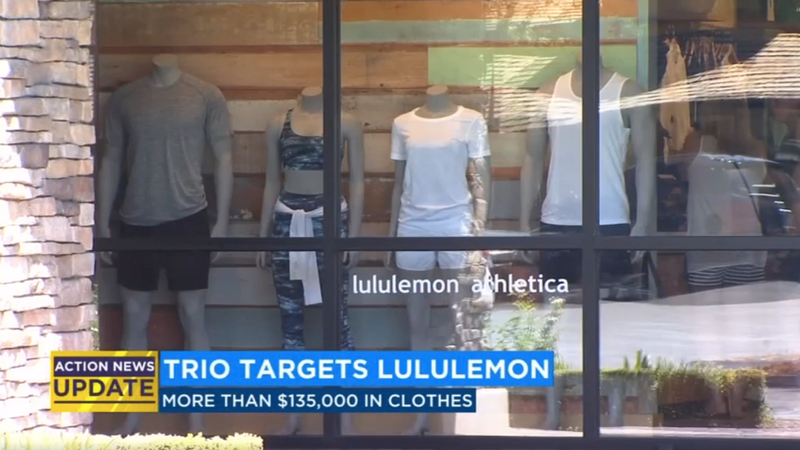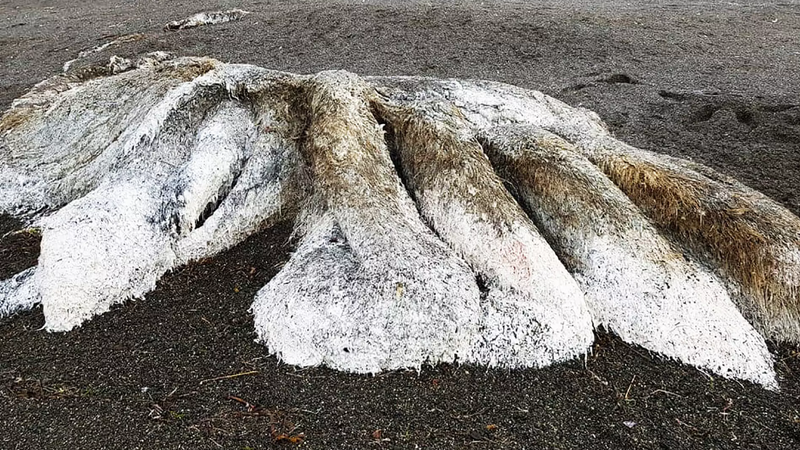On the first day of class, Debbie Gale Mitchell, a chemistry professor at the University of Denver, introduced herself to her students, telling them about her Ph.D. and her research. She told her students they could call her either “Dr. Mitchell” or “Debbie.” A male colleague had told her that he went by his first name and that students were friendlier as a result, so Mitchell decided to try it. Many students chose to call her “Debbie.”
Then one day a student asked if she thought she’d ever get a Ph.D.
“I discovered that for me, the use of my title is VITAL to remind students that I am qualified to be their professor,” Mitchell wrote on Twitter.
‘The way that we speak about others influences and is influenced by the way that we think about them.’
Mitchell’s story was just one among hundreds shared last month on social media calling attention to the way gender affects how professionals are addressed, especially those who hold a doctorate.
The discussion comes at a time when research studies into gender bias are increasingly confirming that how a person is addressed is linked to perceptions of their status.
The Twitter conversation branched from multiple roots. On June 7, Eric Kelderman, reporter for the Chronicle of Higher Education, sent out a critical tweet of a female academic who responded to his media inquiry by suggesting that he should have used “Professor” or “Doctor” (the tweet has since been deleted). The next day, a doctor from the U.K., David Naumann, criticized doctors, medical or otherwise, who use their title in a nonprofessional setting. And a few days later the Globe and Mail, a Canadian newspaper, announced revised style guidelines wherein only medical doctors would be referred to using “Dr.”, a convention that is already used most of the time by the Associated Press and news outlets that follow AP Style (including KQED). What followed was an explosion of opinions and experiences revolving around titles, expertise, and gender and racial bias.
Many Ph.D. holders are fine with reserving the title for medical doctors in common parlance, viewing insistence on the title as arrogant and elitist, and do not use their titles even in a scholarly setting. But for women and people of color, an academic title can be a tool to remind others of their expertise in a world that often undermines it.
Some Ph.D. holders who insist on titles say that they actually prefer their first names. But given the discrepancy in usage, some women feel they must use and defend their titles, especially where the alternative is a gendered title like “Ms.”, “Mrs.”, or “Miss”. Fern Riddell, a Ph.D.-holding historian, wrote:
Following backlash to the tweet, which described her as “arrogant” and “immodest,” Riddell coined the hashtag #ImmodestWomen, encouraging hundreds of women to change their Twitter handles to include “Dr.” or share experiences of bias. Riddell later wrote about the rationale behind the hashtag, saying that “we define women by their ability to be well behaved.” #ImmodestWomen was “retaliation.”
The tweets show “Dr.” is preferred by many women because it is both unrelated to marital status and gender-neutral, unlike “Mrs.”, “Miss”, or “Ms”. Several tweets described situations where a woman’s husband or colleague was referred to as “Dr.” (whether or not he actually had a doctorate) while she got “Mrs.” or a first name.
In other anecdotes, female doctors (M.D. and Ph.D. alike) were met with utter confusion when they answered the phone to a caller looking for “Dr.”, or presented an airline ticket bearing the title. Even in 2018, with women making up 34 percent of active physicians and more than half of medical school matriculants and doctorate recipients, many people assume that “Dr.” refers to a man.
Bias in forms of address and use of titles is not limited to gender, many participants in the Twitter discussion pointed out. People of color with doctorates are also often not given the courtesy of their title, which echoes a long history of racially biased uses of titles. History professor Charles W. McKinney wrote:
The bias reflected in these stories is backed up by data. Last year, a study from the Mayo Clinic found that female doctors were introduced by their first names, rather than a professional title, much more often than male doctors. And on June 25, researchers from Cornell University published results showing that female professionals are half as likely as their male colleagues to be referred to by their last names, a practice that is associated in the study with lower status.
“The way that we speak about others influences and is influenced by the way that we think about them,” wrote Stav Atir and Melissa J. Ferguson, authors of the recent paper.
Atir and Ferguson described eight different studies, covering forms of address in professor evaluations, talk radio and under experimental conditions. Across the board, female professionals were less likely to be referred to solely by their last name. They even found that fictional researchers who were described with last name only were perceived as better known, more eminent, higher status, and more deserving of awards.
The researchers proposed several explanations for their results. It may be more culturally common to refer to men by their last names because they are thought to be more permanent, since women may change their last names when they marry. Alternatively, it could be that speakers use first names to identify a subject’s gender, and this is more common for women in male-dominated professions, where male is the assumed default. This type of bias could even result from attempts to highlight women’s participation by identifying their gender using first names.
“The consequences may be ironic,” wrote Atir and Ferguson, “leading to lower judgments of eminence, status, and deservingness.”
As Mitchell, the chemistry professor from the University of Denver, and other academics related on Twitter, one way of fighting this type of bias is to insist upon the title “Dr.”
But other Ph.D. holders question whether insisting on titles is the best strategy. Meena Kandasamy, a poet and writer with a Ph.D. in sociolinguistics, rarely uses her title and did not change her Twitter handle. She questioned the practice of elevating those who earned doctorates over those who have not had the opportunity to do so:
Critics argue that titles do not necessarily reflect how hard one has worked or even level of expertise, and that the most equal solution is fewer titles, not more. But supporters say that claiming the titles is the best choice under the present circumstances. Elissa Harbert, a musicologist, wrote:
In some instances, women are less likely to exhibit bias in form of address. The Mayo Clinic study found female medical doctors introduced both men and women with a title more than 95 percent of the time. Men introduced their female colleagues with a title 49 percent of time, compared with 72 percent of the time for a male colleague. In the Atir and Ferguson study, male speakers on talk radio referred to women by last name less than half as often as they did for men, while female speakers did not have such a strong contrast. In other research on gender bias in academia and medicine, women were just as likely to treat men and women differently. As research epidemiologist Chelsea Polis related, implicit bias can extend to usage of titles for speakers and writers of any gender:
While the evidence points to persistent bias in professional forms of address, the solution is not so clear. Highlighting women with doctorates, medical or otherwise, may provide an important reminder that woman are now earning nearly half of medical and research-based doctoral degrees. But bias in use of doctoral titles is just one example of the larger issue of gender bias, as Atir and Ferguson’s study demonstrates.
“We find evidence of a gender bias in the way that we speak about professionals in a variety of domains,” wrote Atir and Ferguson. Addressing the problem may require attention to bias in all arenas, from the classroom to the boardroom.
Photos 1, 3, and 4 by David Haring. Photo 2 by Sara Clark.



 -yay or nay? Video by @edo_movs #nailsunnytutorial
-yay or nay? Video by @edo_movs #nailsunnytutorial











 (@looks_last)
(@looks_last) 


/cdn.vox-cdn.com/uploads/chorus_asset/file/11715467/11222_Dilling_005.jpg)
/cdn.vox-cdn.com/uploads/chorus_asset/file/11715471/11222_Dilling_006.jpg)
/cdn.vox-cdn.com/uploads/chorus_asset/file/11715473/11222_Dilling_008.jpg)
/cdn.vox-cdn.com/uploads/chorus_asset/file/11715477/11222_Dilling_011.jpg)
/cdn.vox-cdn.com/uploads/chorus_asset/file/11715483/11222_Dilling_016.jpg)
/cdn.vox-cdn.com/uploads/chorus_asset/file/11715487/11222_Dilling_017.jpg)
/cdn.vox-cdn.com/uploads/chorus_asset/file/11715493/11222_Dilling_020.jpg)
/cdn.vox-cdn.com/uploads/chorus_asset/file/11715497/11222_Dilling_021.jpg)
/cdn.vox-cdn.com/uploads/chorus_asset/file/11715499/11222_Dilling_029.jpg)
/cdn.vox-cdn.com/uploads/chorus_asset/file/11715515/11222_Dilling_050.jpg)



 At PLAY, you can paint on a wall. You can type out a story on an old typewriter. You can put on makeup, or put it on someone else; throw on a costume and pose for a photo, collapse in a room filled with hundreds of stuffed animals, or challenge some stranger to a game of Twister. [
At PLAY, you can paint on a wall. You can type out a story on an old typewriter. You can put on makeup, or put it on someone else; throw on a costume and pose for a photo, collapse in a room filled with hundreds of stuffed animals, or challenge some stranger to a game of Twister. [  Democracy got a little weird in Koreatown Tuesday night with a neighborhood council subdivision election that was hyped up by misleading flyers and community tension. [
Democracy got a little weird in Koreatown Tuesday night with a neighborhood council subdivision election that was hyped up by misleading flyers and community tension. [